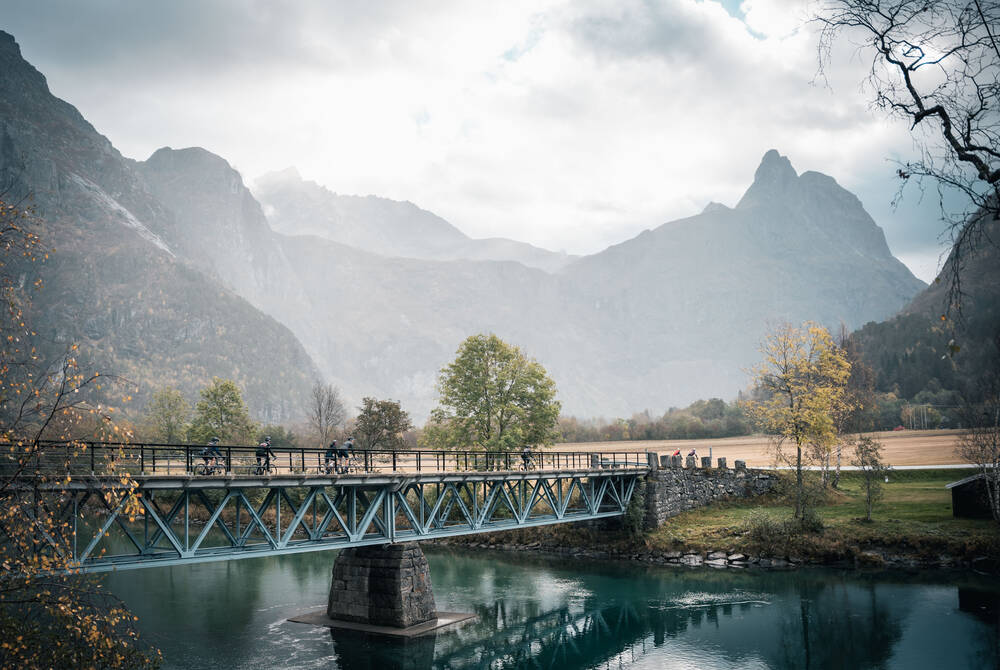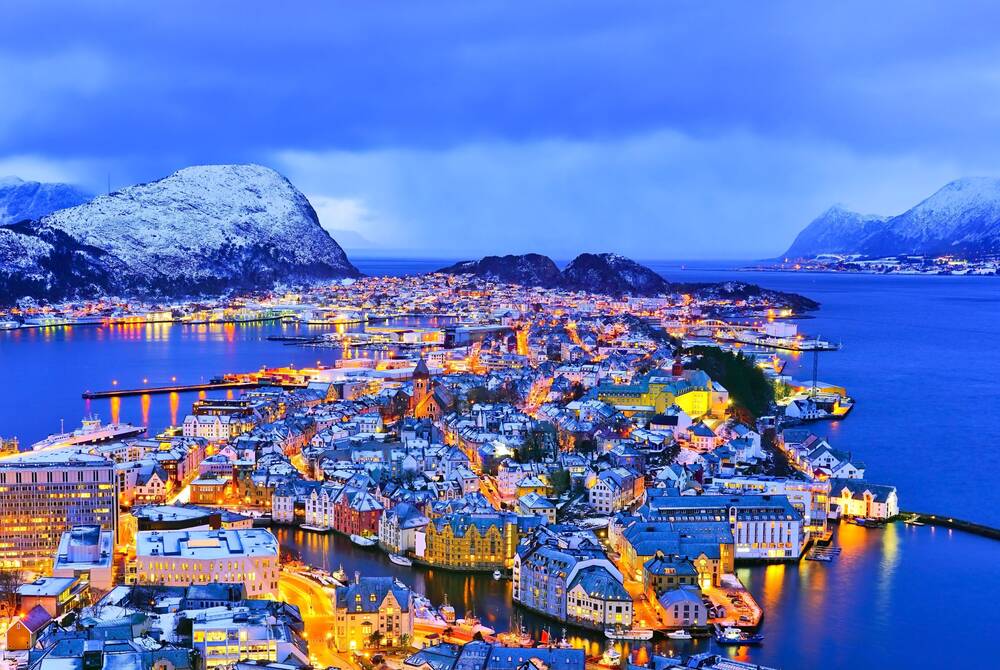Norway, Finland, Sweden, Iceland and Greenland are home to such vast dramatic landscapes, remote forests and wild coastlines, that it’s not surprising that they’re home to a large array of wildlife too. From the great polar bear and giant whales to shy brown bears, colourful sea birds and majestic moose, here are the region’s best wildlife experiences.
Whales
Whale watching is one of the highlights of any trip to the Norway and the Nordic regions, listening out for that whoosh of water and watching as an enormous fluke slaps the waves and dips beneath. Some of the best places to spot these gentle giants include Iceland, Norway, Svalbard, Greenland, and the Faroe Islands. Iceland is home to many groups of humpback and minke whales, and also offers one of the highest chances of seeing the mighty blue whale anywhere in Europe. Head to the Snæfellsnes Peninsula for some of the best viewing spots in the country. Other marine mammals that be seen regularly in Iceland include orcas and white-beaked dolphins.

When to go?
May to September is the best time to visit if you want to ensure a sighting. Norway also provides some excellent whale watching potential from May until late August. Sperm whales are the more prevalent species here, although you may also spot minke, pilot and fin whales, as well as orcas and white-beaked dolphins like in Iceland.
Where to go?
Visit Andenes during the summer months where sightings are so frequent that they’ll offer you your money back or another free outing if you don’t see any. Tusked narwhales, white beluga whales and graceful orcas can also be spotted off the coast of Greenland in autumn, while humpback, fin and minke whales can be seen in summer.
Polar bears
The king of the Arctic regions is of course the elusive polar bear. Now considered endangered, due mainly to loss of habitat and climate change, it is estimated that there are only around 20,000 to 25,000 left in the wild.
Where and when to go?
Your best chance of seeing a polar bear is in the summer from July to August, either on a cruise around Svalbard or Greenland. In Svalbard, polar bears actually outnumber humans, so it’s a good place to start if you’re determined to spot one.

Brown Bears
Brown bears can be spotted throughout northern Sweden and Finland, as well as parts of Norway, however they are very shy, so if you want to see one we suggest going with a professional tracker or visiting a wildlife reserve.
When to go?
The ideal viewing season is from June to August when the bears are active and not in hibernation.
Where to go?
One of the best places to see them is at the Petola Nature Centre in Kuhmo, Finland. As well as bears, the park is home to wolves, wolverine and lynx.

Birds
Bird lovers will delight in the excellent bird watching opportunities in the region. Iceland certainly won’t disappoint with its vast array of species including the Great Northern Diver, the Harlequin Duck, the Barrows Goldeneye and the Atlantic puffin, among others.
When to go?
Birds can be seen on the island anytime from early spring to autumn, however the best time is late May to mid-June when all the various species will have arrived.
Where to go?
From the Icelandic capital Reykjavik, head out to Snaefellsnes and the West fjords on a road trip for prime bird watching territory. Denmark’s Faroe Islands are another great bird watching destination. Make your way to the Vestmanna bird cliffs, where you’ll be able to see the amazing sight of over half a million puffins.

Moose
Moose may be the symbol of Canada, but there are plenty of them in Scandinavia too. The largest member of the deer family, the moose is an impressive beast and can often be seen in forests, on farmland surrounding towns or even while driving out in the countryside.
Where and when to go?
Visit Stockholm, Sweden sometime between April and September and you can even spot this incredible creature on a wildlife safari not far from the city. Brown bears, wolves and roe deer can often be seen here too.

What to pack?
Even though most of the wildlife viewing in Scandinavia and the Nordic regions occurs in late spring or summer, remember to pack warm, waterproof clothes as it will still be cold in the northern Arctic regions, where most of the animals can be found. Other must-pack items include a camera and a pair of binoculars. Take advantage of our handy guide on what to pack for winter.


